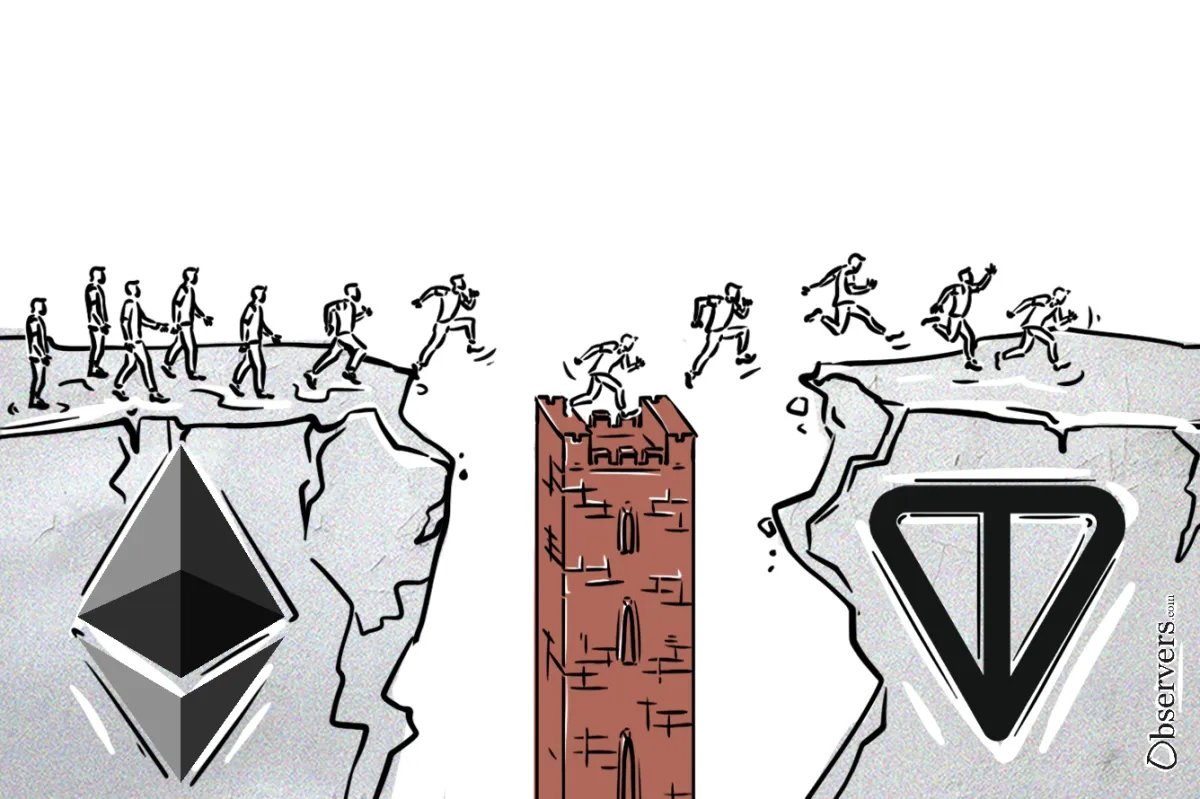
Ton Application Chain (TAC) has recently introduced the first Layer 2 network built atop the TON blockchain. Although independent from the Ton Foundation, TAC has garnered support from The Open Platform, which exclusively invests in TON-based projects, and has previously supported multiple successful TON dApps.
TAC’s Layer 2 platform is being developed using Polygon’s Chain Development Kit — a customizable toolkit that enables developers to create Layer 2 blockchains leveraging Polygon’s zero-knowledge technology. It also incorporates Polygon’s AggLayer, designed to enhance interoperability and address issues of blockchain fragmentation.
An important feature of the TAC chain is its compatibility with the Ethereum Virtual Machine (EVM). This compatibility is a clever way to facilitate the transition of Ethereum developers into the TON environment, enhancing the pool of expertise within the TON ecosystem.
Currently, TON’s native blockchain utilizes the FunC smart contract language, which is not EVM-compatible and presents a significant learning curve for developers accustomed to Ethereum’s less complex Solidity language. In the past, this had been a barrier to developer engagement and has slowed ecosystem growth. By integrating EVM compatibility, TAC aims to streamline the porting of popular Ethereum dApps and DeFi applications into the TON ecosystem, thereby enriching it.
According to Electric Capital, TON currently has around 245 monthly active developers, a figure that, despite being relatively low, has shown growth since the beginning of the year. For context, Ethereum boasts approximately 8.8k monthly active developers, with Solana sitting at around 2.8k.
Despite a low number of devs, TON has seen impressive successes this year. As reported by MessariCrypto, in June, the number of active addresses on TON surpassed those on Ethereum, driven largely by popular games like Notcoin and Hamster Kombat, which quickly attracted hundreds of millions of players.
.@ton_blockchain is on a mission to onboard 500 million users by 2028, and with wins across GameFi and early conversion rates from top mini-apps, they begin to provide validity to the onboarding thesis.
— Messari (@MessariCrypto) July 5, 2024
Although ambitious, is it achievable?
Find out👇https://t.co/P8gEQ8vuFu pic.twitter.com/lhcMBgPN7B
Some may speculate that this growth is not sustainable because these games offer little benefit to the blockchain and primarily attract users looking to make money. Despite this, the surge is still beneficial for the TON ecosystem. While many users may not continue to engage, a portion will stay and become core users of the blockchain, exploring more TON dApps and perhaps even developing their own applications on the platform.
As for the integration of TAC within the existing structures of TON and Telegram, details remain sparse. However, the development team and backers of TAC are likely exploring the best strategies to weave this new chain into the vibrant TON ecosystem effectively. If successful, combining Ethereum-compatible apps on TON with Telegram could attract more developers and users, potentially transforming TON into an even bigger player in the crypto space.

